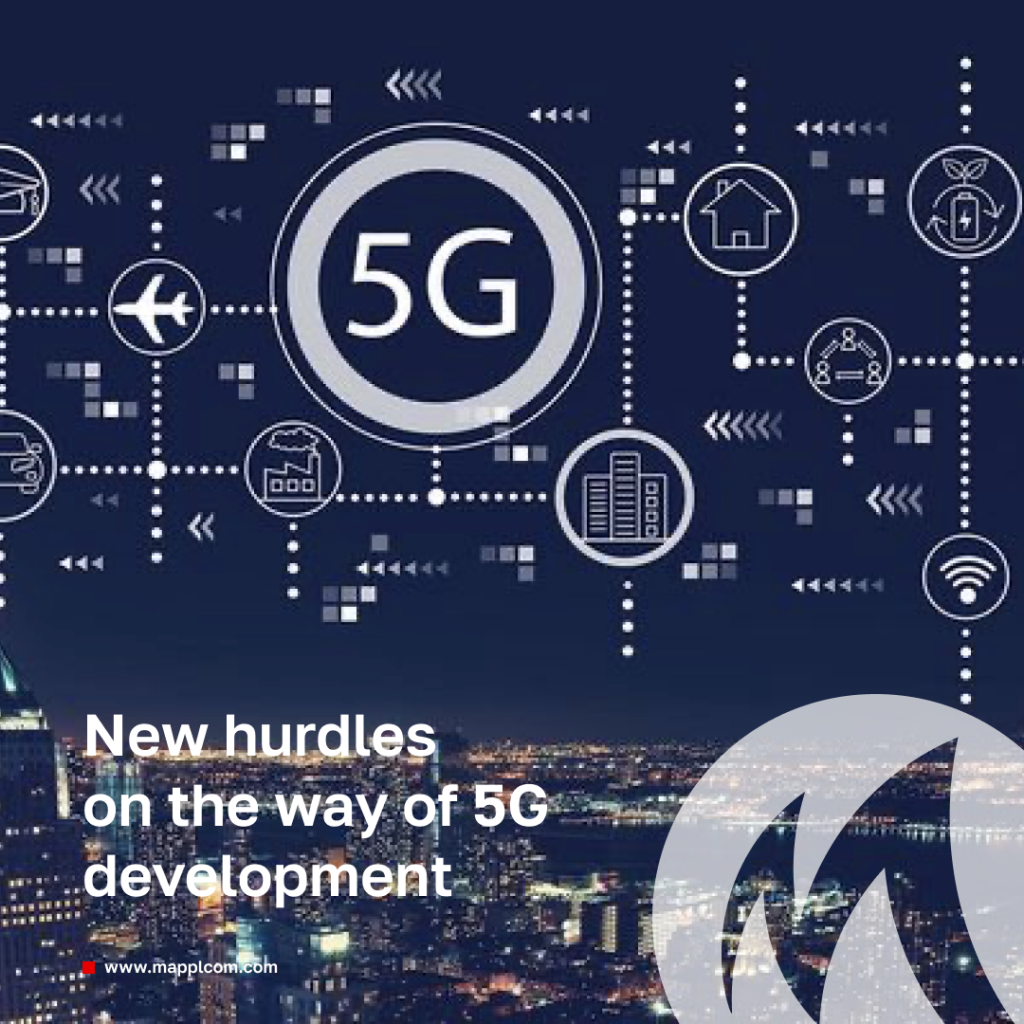New hurdles on the way of 5G development: a shift in the workforce is required to boost transformation which is now lag behind the network.

Our collective future is promised to be drastically changed by a connectivity fabric 5G is stated to perform as. Benefits are expected by both individual customers (who look forward to a higher capability of the new generation networks) and companies (which will hopefully achieve new productivity due to deeper AI and IOT integration enabling qualitative and quantitative improvements).
Technically, the shift to 5G networks cannot be performed just by a single change in users’ habits and upgrading the networks we have now. Instead, we are to face a complicated and consuming process that involves constructing a cohesive roadmap by providers in order to move to a software-based digital infrastructure. A key moment in the process is OSS/BSS transformation which is expected to ensure enhancement in automation and real-time data analysis. Still a bridge is needed to transform this benefits into money equivalent. Hence, the core idea is to develop a whole new range of service in a flexible way to take the benefit of the latest network generation. In order to secure proper executing on the aforementioned imperatives – relatively skillful performers are required. The main quality of any professional is expected to be the one of adjustment and adaptation to allocate the sources to serve a fast and reliable deployment. According to specialists in the market, OT/IT convergence is believed to soon become a key driver of 5G success.
Thus, we can mention an importance of distinguishing operational and informational technologies to identify what we are going to encounter. Operational technology is defined as a system used to control and distribute business functions and make changes in the way business works if needed. Information technology refers to a number of computing digital resources, to a certain extent centralized and distributed at the same time, used to set different workloads, which can be governed as an internal business function or created to collect big data in a certain storage. In a classic example with a manufacturing unit, operational technology is capable of the factory floor running and shipments going out while informational technology would care of accounting and inventory management. Frequently, from a viewpoint of a company’s stakeholders IT systems serves to allow uninterrupted execution of operational tasks with regards to a higher degree of integration, compatibility, visibility and control. Implementation of 5G in already existing scheme serves for bringing innovation to methods which are used to achieve functional and strategic goals.
In order to use the whole range of potential benefits, both client and enterprise have to provoke a dialogue to find the best practice which for sure are going to engage boosting convergence between IT and OT to quickly build and deploy services in response to ever-changing market demands. All in all, the shift is expected to be a natural one: networks tend to become programmable, therefore, operators require people to program and develop new services, work collaboratively on quickly deployment the new services, and many functions more.

